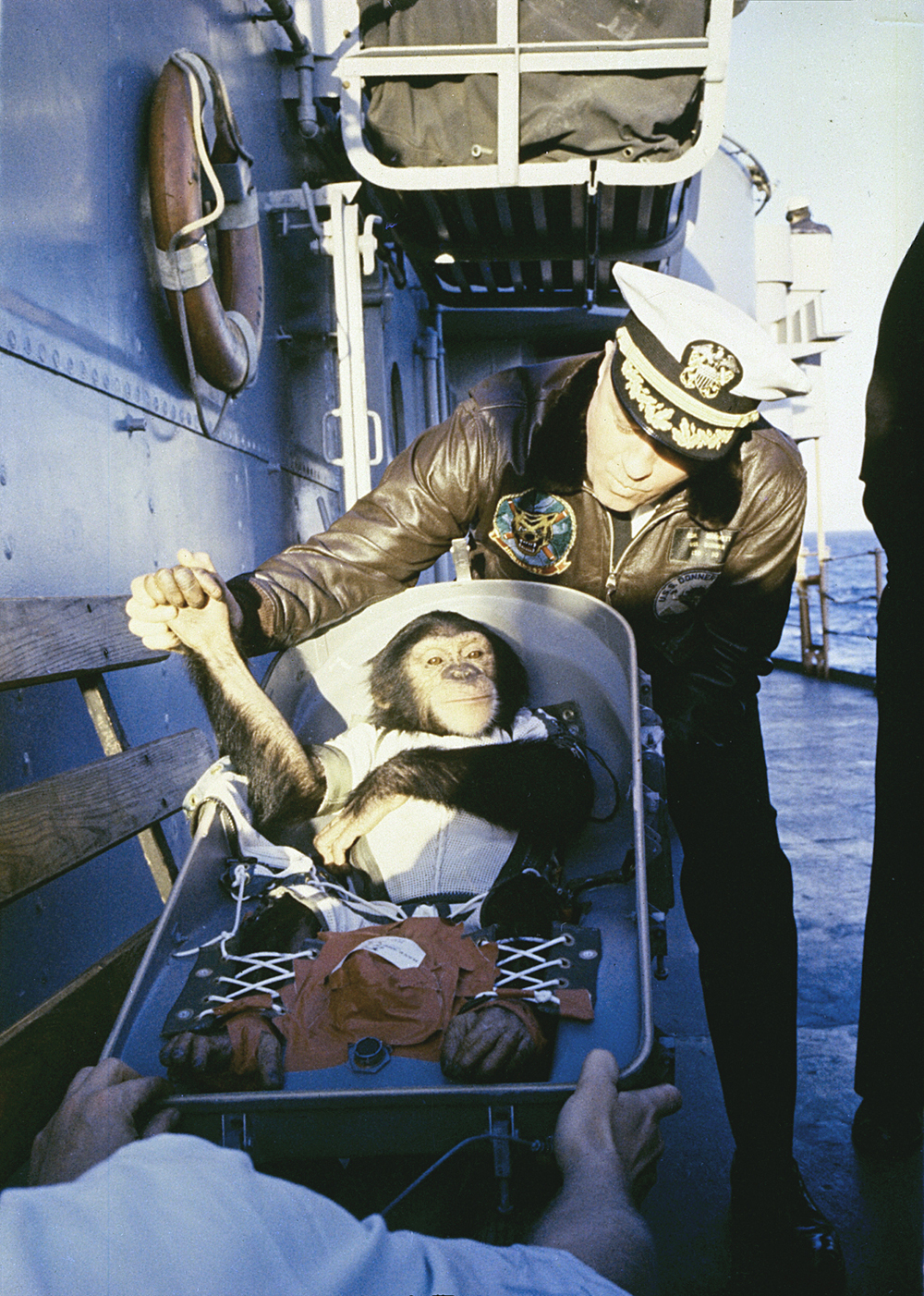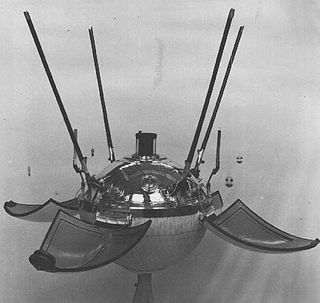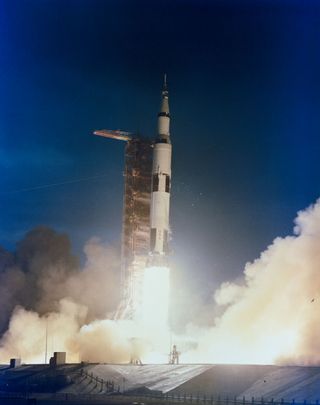This Day in Spaceflight History: 3 Launches, 2 to the Moon

In the five-plus decades that humans have managed to escape from Earth's gravity well, Jan. 31 has been a busier day than usual.
Today marks the 55th anniversary of the Mercury Redstone-2 launch, which carried Ham the chimpanzee into space; the 50th anniversary of the launch of the Soviet moon lander Luna 9; and the 45th anniversary of the launch of Apollo 14, the third crewed lunar landing.
These anniversaries mark significant milestones in humanity's journey toward the stars. One was a precursor to NASA's first human spaceflight, one was a critical step in getting human technology all the way to the moon and one was the first lunar mission following a nearly disastrous attempt to put humans on the moon. [Giant Leaps: Biggest Milestones of Human Spaceflight]
First chimp in space
The Mercury Redstone-2 (MR-2) mission, which launched on Jan. 31, 1961, was one of a series of flights that laid the groundwork for eventually putting humans into space. Among the animals that NASA sent to space as part of that preparation was Ham the chimpanzee, the first chimp in space. Ham returned safely to Earth, but other primates perished during American test flights in the 1940s and 1950s.
Only a few months later, on April 12, 1961, Yuri Gagarin became the first person ever to fly in space. On May 5, 1961, Alan Shepard took off aboard another Mercury Redstone rocket, becoming the first American in space.
Lost Luna 9

The Luna 9 probe was the first spacecraft to make a soft landing on an extraterrestrial body. It took off on Jan. 31, 1966, and made it to the moon on Feb. 3 of that year. It sent back close-range images of the surface of the moon, and represented an incredible feat of spaceflight engineering.
But to this day, no one knows exactly where Luna 9 came to rest. There was no way to precisely track its location. As recently as last November, researchers announced they'd be searching for Luna 9 using NASA's Lunar Reconnaissance Orbiter.
Get the Space.com Newsletter
Breaking space news, the latest updates on rocket launches, skywatching events and more!
First golfer on the moon

The three crewmembers of Apollo 14 left Earth on Jan. 31, 1971. It would become the third crewed mission to successfully reach the surface of the moon. (The nearly disastrous Apollo 13 mission was the third attempt at a crewed moon landing.)
The crew consisted of Alan Shepard, Edgar Mitchell and Stuart Roosa. Shepard surprised the world when, just before the crew returned home, he pulled out a six iron and teed off on the lunar surface. The crew returned to Earth on Feb. 9.
Follow Calla Cofield @callacofield. Follow us @Spacedotcom, Facebook and Google+. Original article on Space.com.
Join our Space Forums to keep talking space on the latest missions, night sky and more! And if you have a news tip, correction or comment, let us know at: community@space.com.

Calla Cofield joined Space.com's crew in October 2014. She enjoys writing about black holes, exploding stars, ripples in space-time, science in comic books, and all the mysteries of the cosmos. Prior to joining Space.com Calla worked as a freelance writer, with her work appearing in APS News, Symmetry magazine, Scientific American, Nature News, Physics World, and others. From 2010 to 2014 she was a producer for The Physics Central Podcast. Previously, Calla worked at the American Museum of Natural History in New York City (hands down the best office building ever) and SLAC National Accelerator Laboratory in California. Calla studied physics at the University of Massachusetts, Amherst and is originally from Sandy, Utah. In 2018, Calla left Space.com to join NASA's Jet Propulsion Laboratory media team where she oversees astronomy, physics, exoplanets and the Cold Atom Lab mission. She has been underground at three of the largest particle accelerators in the world and would really like to know what the heck dark matter is. Contact Calla via: E-Mail – Twitter